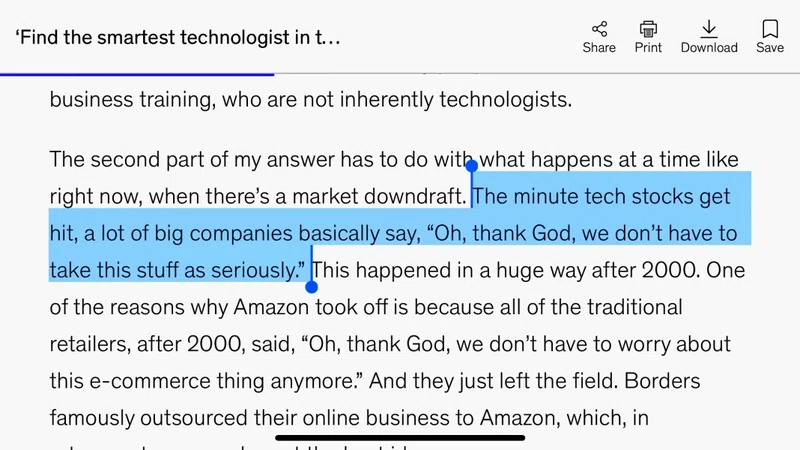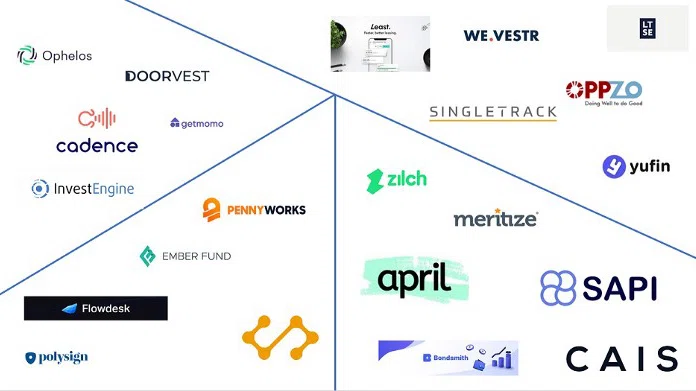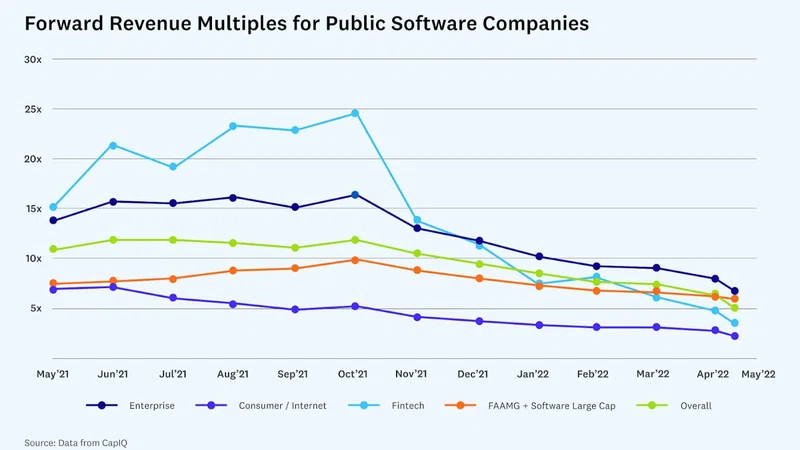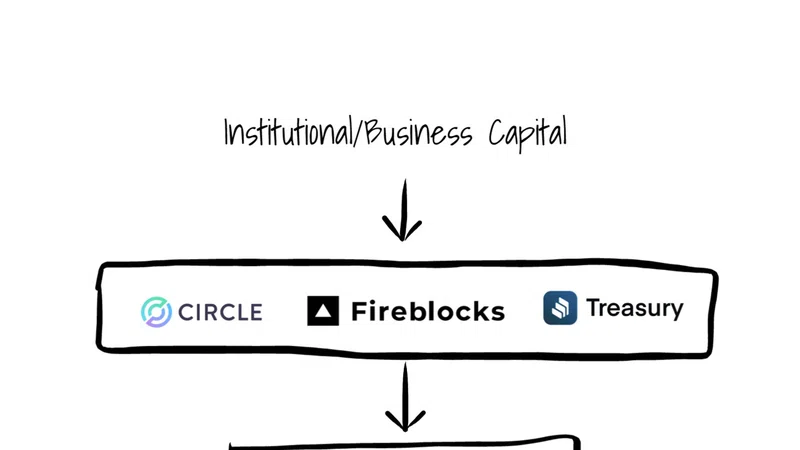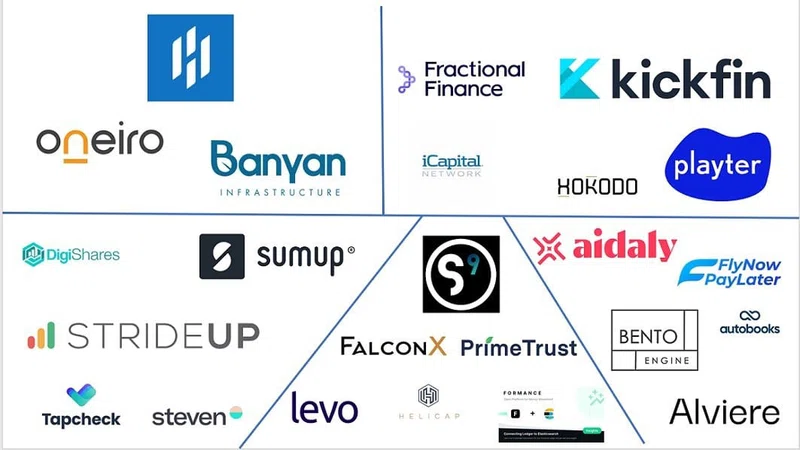Every startup has a skeleton — the operational infrastructure that lies within. The only question is whether it will be a source of strength and stability that propels the organization to new heights, or a constant distraction from the core mission that torpedoes growth plans.
This is the sixth in a series of articles that explores how to successfully develop a start-up’s operational infrastructure. By closely evaluating several key themes, I will identify the start-up’s needs and differentiate them from established organizations. As any successful founder will tell you, the right infrastructure should not only be able to quickly help you achieve scale, but it should also be able to pivot with you when the need arises.
In this article, we explore the importance of creating the right firm culture within a start-up. There is no shortage of demands on a founders’ time. Many first-time founders look at the time required to develop a firm culture as an investment they cannot readily make during the start-up process. Most repeat entrepreneurs embed culture deep within their firm’s DNA. These repeat founders have discovered what Ben Franklin espoused many years ago,
It is easier to prevent bad habits than to break them.
Culture is defined by the Merriam-Webster dictionary as “the set of shared attitudes, values, goals, and practices that characterizes an institution or organization”. This is the secret sauce that converts a group of individuals acting in their personal best interest into a dedicated team with determination and grit. Eric Reis in his book, The Lean Startup, famously defines a startup as: “a human institution designed to create a new product or service under conditions of extreme uncertainty.” It is the condition of extreme uncertainty that makes the need for culture essential.
Understanding the Laws of Culture
All of us are aware of the laws of nature. Gravity does not care about your desire to float in the air. When you step off the roof you are going to be drawn to the ground. Disregard the laws of nature at your own peril. The same can be said for the Laws of Culture. The only difference is that the Laws of Culture are less well understood and less immediate – but no less painful when disregarded. There are four main Laws of Culture.
The first Law of Culture is that a firm’s culture will develop whether it is intentional or not. It is a false narrative for the founder to declare that culture will be addressed when time permits. Culture is an inevitable outcome when individuals regularly interact. The more they interact, the more ingrained the culture becomes. Every startup will develop a culture. The only choice available to the founder is their degree of explicit participation.
The second Law of Culture is that actions speak louder than words. If the founder says one thing but does another, the words will ring hollow, and the actions will become embedded. Consistency between words and deeds is the mortar that will hold the structure together.
The third Law of Culture is that silence creates a temporary void. This void is unstable and will be filled by other voices within the organization. These voices might or might not share the cultural vision of the founder. At a minimum, these multiple voices will develop ambiguity and doubt. Within the naturally uncertain environment that encompasses most start-ups, these conflicting voices can easily migrate to more dire interpretations.
The fourth Law of Culture is that homogeneity is the default. It is easier to hire a team based on past shared experiences, a common network, or familiarity, than to develop these shared experiences anew. Creating a diverse, equitable, and inclusive (DEI) workforce requires a conscious and consistent effort.
Awareness of these four basic laws is the first step in understanding the importance of actively developing your firm’s culture with purpose.
Designing Your Firm’s Culture
A start-up’s firm culture can be greatly influenced by the founder. The journey she or he undertook to conceive and launch the organization will play an integral part in the firm’s DNA. There is no simple method to create the cultural framework, or the communications needed to bring it to life. It will be an iterative process that fumbles its way forward. It will never be finished, but it should be constantly improving. The key is to recognize that the firm’s cultural development has begun and will continue. Your job is to provide structure and direction.
There are countless books, websites and consultants that can assist in the process of developing an organizational culture. Although each resource will provide their own insights, many will come to the same recommendation. An enduring culture will often be rooted in the meaningful life experiences of the founder. That being said, it can be helpful to also evaluate some of the more iconic approaches to culture to gain a bit of perspective.
Netflix, whose mantra is People over Process – created the now famous Netflix culture deck (the Netflix manifesto) back in 2009. It was a collaborative project between founder and CEO Reed Hastings, and Chief Talent Officer Patty McCord that focused on talent management and company culture.
The manifesto, which continues to be updated, has been viewed over 19 million times, proving that its principles continue to be relevant and inspirational.

Bridgewater Associates (the world’s largest hedge fund), whose mantra can be encapsulated with the concept of radical honesty, has taken a wholly different approach to firm culture. Ray Dalio, the firm’s founder, was in search of an exceptionally effective culture that would allow independent thinkers to disagree. His objective was to create “an idea meritocracy that strives to achieve meaningful work and meaningful relationships through radical transparency.” Sometimes described as a cult-like organization, this culture may not be a fit for many – but that is the point. Your firm’s culture should reflect the founder’s attitudes, values, and goals.

Incorporating Meaningful DEI Requires Management
The fourth Law of Culture recognizes that homogeneity is frequently the default scenario in our society. Unless active decisions are undertaken to prioritize DEI, organizations will tend to develop a more homogenous workforce. It is important to also note that the presence of diversity does not ensure its equity and/or inclusion. Diversity in the workforce is an essential first step but frequently insufficient to bring the full benefits that can be achieved by actively managing to include the full spectrum of diverse ideas. As the Venn diagram above indicates, homogenous teams have a significant amount of overlap allowing them to more naturally develop a set of cultural norms. The unmanaged diverse group runs the risk of defaulting to common ground thereby reducing the potential benefits of the diversity. Finally, the inclusively managed diverse group highlights the expanded opportunity set that can be developed when a conscious and active DEI program is implemented.

Getting Started
Every great adventure starts with a single step. The process of getting started is easy. Pull the team together, review the Laws of Culture, and begin to brainstorm. Consider each of the formative moments in your founder’s life and see how they can be transformed into lasting principles. Making the culture personal will make it meaningful and durable.
Once the initial framework has been created, the process of implementing the firm’s culture should become intertwined with the firm’s very existence. The responsibility to implement, improve and refine the culture will exist for as long as the organization itself exists. Remember the first Law of Culture – a founder cannot prevent culture from existing or evolving, their only decision is to determine their individual level of involvement.
Finally, I leave you with a few thought-provoking ideas that may be helpful as you endeavor to create your firm’s unique culture:

Series Concluding Remarks –
This series of articles evaluated how a start-up’s operational infrastructure can be a key element in the firm’s overall success. The common underlying theme is that trust, management, and structure are essential. Most founders I have worked with over the years readily accept the importance of trust. Far fewer are willing to accept that structure and management are essential to start-up success.
Frequently this reluctance to embrace management and structure is a learned response from the founders’ earlier experiences. When working at larger organizations (or in formal schooling) these founders experienced management and structure as a restraining factor – focusing on limiting their initiatives and consuming their time. Their desire to become an entrepreneur was partially in response to their desire to remove these shackles. They experienced an operational infrastructure that constantly torpedoed growth.
The opposite can be said for a properly implemented start-up operational infrastructure. In this case, the infrastructure Is designed and built to support the founder’s initiatives. Think of your operational infrastructure as your skeleton. It is essential to your success; it is largely out of sight; and it exists to support your firm’s objectives.
Thank you for taking the time to read and comment on this series of articles. I greatly appreciate the feedback and have been humbled by the outpouring of support. Although I have over 25 years of experience as a Chief Operating Officer running hundred-million-dollar plus organizations, this was my first foray into authoring. I have enjoyed the experience and will aspire to achieve both aspects of Ben Franklin’s advice:
Either write something worth reading or do something worth writing.


